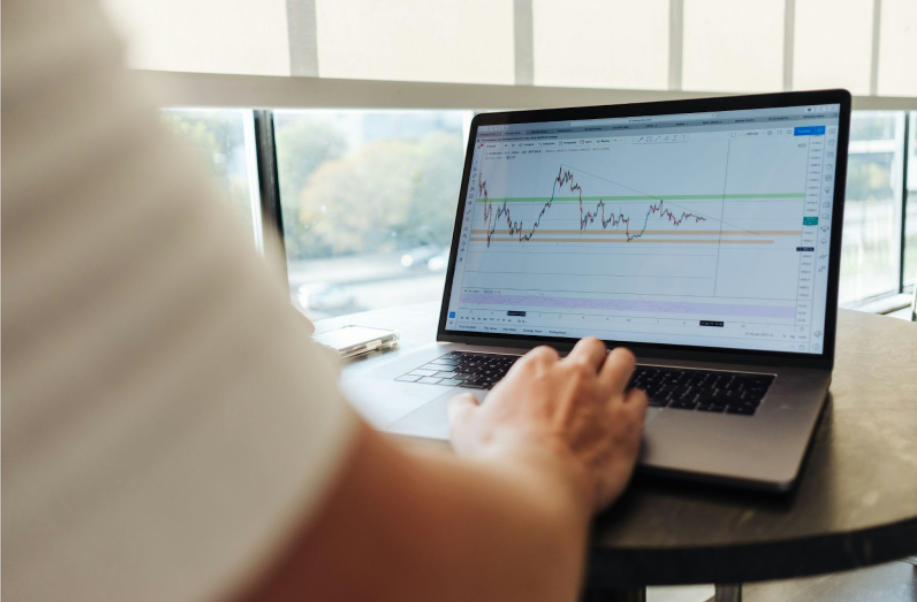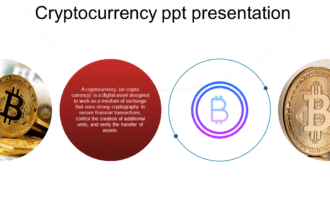In the pursuit of productivity, most professionals focus on tools, strategies, and sheer willpower. Yet, one of the most overlooked factors is timing. Knowing when to pause, recharge, or tackle deep work can make the difference between average results and sustained peak performance. Just as wellness enthusiasts carefully consider the best time to take L theanine to enhance focus and calm energy, businesses and individuals alike can unlock higher performance by aligning routines and breaks with natural rhythms.
This isn’t about working harder, it’s about working smarter. By combining insights from neuroscience, workplace psychology, and wellness practices, professionals can design routines that not only optimize productivity but also protect against burnout.
Why Timing Matters More Than Ever
The modern work environment blurs boundaries. Remote setups, digital tools, and global teams mean that “9 to 5” is no longer the norm. Instead, many professionals find themselves juggling shifting time zones, back-to-back calls, and the constant ping of notifications.
In this landscape, productivity doesn’t come from sheer effort. It comes from strategic alignment, understanding when energy peaks, when focus dips, and when rest is necessary. Research has shown that human beings naturally experience cycles of alertness and fatigue, often tied to circadian rhythms. Failing to respect these rhythms results in wasted energy, errors, and mental exhaustion.
According to the U.S. Centers for Disease Control and Prevention (CDC), workplace fatigue not only lowers productivity but also increases the likelihood of mistakes and even accidents. For businesses, the cost of ignoring natural performance cycles can be measured in billions annually.
The Science of Breaks: Why Micro-Rest Beats Marathon Work
We’ve all heard the mantra of “powering through.” But science strongly suggests the opposite approach: structured breaks enhance output. Studies on cognitive performance show that after roughly 90 minutes of focused effort, the brain begins to lose efficiency.
Taking short breaks allows memory consolidation, improved focus, and even creative problem-solving. The so-called “ultradian rhythm” (cycles within the day that last 90–120 minutes) governs these natural rises and falls in energy. By respecting them, workers sustain sharper focus over long hours.
Key insight: It’s not about the total number of hours worked, it’s about how those hours are distributed. Strategic pauses amplify productivity far more effectively than marathon sessions of uninterrupted effort.
Designing the Perfect Daily Workflow
So, how can individuals and businesses practically align wellness with workflow? Here are some proven strategies:
1. Start with High-Value Work
Early in the day, energy and focus are at their peak. This is the best time for deep, creative, or analytical tasks that require full attention. Meetings and administrative work should be scheduled later, when focus naturally declines.
2. Build Recovery into the Calendar
Instead of seeing breaks as “lost time,” view them as investments. A five-minute walk, mindful breathing, or even a casual chat can reset mental energy for the next cycle of focus.
3. Use the 90-Minute Rule
Plan tasks in blocks of 90 minutes, followed by short breaks. This approach mirrors the brain’s natural rhythms and prevents mental fatigue from building up.
4. Leverage Natural Afternoon Dips
Most people experience a slump in energy after lunch. Rather than forcing through with caffeine, use this time for lighter, routine tasks, or even schedule a power nap if your workplace allows it.
5. End with Reflection, Not Rush
The final 20 minutes of the day should be used for reflection and planning. This not only helps transition out of work but also sets up the next day for success.
Integrating Wellness Habits for Peak Performance

Workflow optimization goes beyond scheduling, it requires a holistic approach that includes wellness practices. Here are a few small habits with outsized benefits:
- Mindful Breathing: Two minutes of slow breathing reduces cortisol and sharpens focus.
- Hydration: Dehydration is one of the leading causes of mid-day fatigue, often mistaken for tiredness.
- Nutrition Choices: Whole foods and protein-rich snacks sustain energy better than sugary alternatives.
- Movement Breaks: Simple stretches or short walks prevent stiffness and improve circulation, boosting mental clarity.
- Sleep Hygiene: Consistent rest strengthens memory and creativity, directly influencing work quality.
Interestingly, this mirrors why supplements like L-theanine are popular, not because they replace good habits, but because they support them. Timing, whether it’s for wellness routines or work tasks, remains the secret ingredient.
The Role of Technology in Structuring Breaks
Technology, often blamed for overwork, can also be harnessed as a solution. Time-tracking apps, focus timers, and digital wellness tools encourage healthier work cycles.
For instance, the Pomodoro technique (25 minutes of work followed by a 5-minute break) has been popular for decades. But modern tools now adapt these techniques to fit personal rhythms, allowing for flexibility instead of rigidity.
Some companies have even introduced “mandatory pause notifications,” where systems remind employees to take a short walk or step away from the screen. Far from being disruptive, these nudges often increase productivity.
Aligning Teams with Collective Rhythms
On an organizational level, leaders can take wellness-aligned workflow to scale. Teams that respect timing collectively often experience higher morale, reduced turnover, and greater creativity.
Practical steps include:
- Staggering meetings to avoid back-to-back cognitive overload.
- Flexible schedules that allow employees to work during their personal peak hours.
- Break culture where pausing is normalized rather than stigmatized.
One striking example comes from companies in Japan that implement collective “refresh breaks,” where entire teams pause together for light stretches or relaxation. These practices enhance unity while also improving performance metrics.
Why Burnout Prevention Is a Business Strategy
Burnout isn’t just a personal health issue, it’s an economic one. Employees experiencing burnout report lower engagement, higher absenteeism, and reduced innovation.
The World Health Organization (WHO) has officially classified burnout as an “occupational phenomenon,” underscoring its impact on the global workforce. Preventing it requires systemic solutions, not just individual willpower.
By embedding wellness into workflow, through smarter scheduling, structured breaks, and supportive workplace cultures, businesses invest in long-term performance.
From Individual Habits to Organizational Transformation
The alignment of wellness and workflow is more than a productivity hack; it’s a cultural shift. Just as individuals benefit from knowing the best timing for their wellness routines, organizations thrive when they respect the natural cycles of their people.
Think of it as a ripple effect: when one employee optimizes their rhythm, the result is sharper focus and reduced stress. When an entire team aligns around wellness-driven workflows, the outcome is amplified creativity, resilience, and growth.
Peak performance isn’t about doing more, it’s about doing things at the right time. By aligning wellness with workflow, professionals create routines that amplify focus, sustain energy, and prevent burnout.
The secret lies not in grand strategies but in small, consistent adjustments. Knowing when to pause, recharge, or engage in deep work can transform both personal output and organizational success.
And just like those who explore the best time to take L-theanine to enhance balance and productivity, workers and businesses alike can benefit by synchronizing routines with natural rhythms. The result is a workflow that supports not only professional goals but also long-term health and resilience.

















